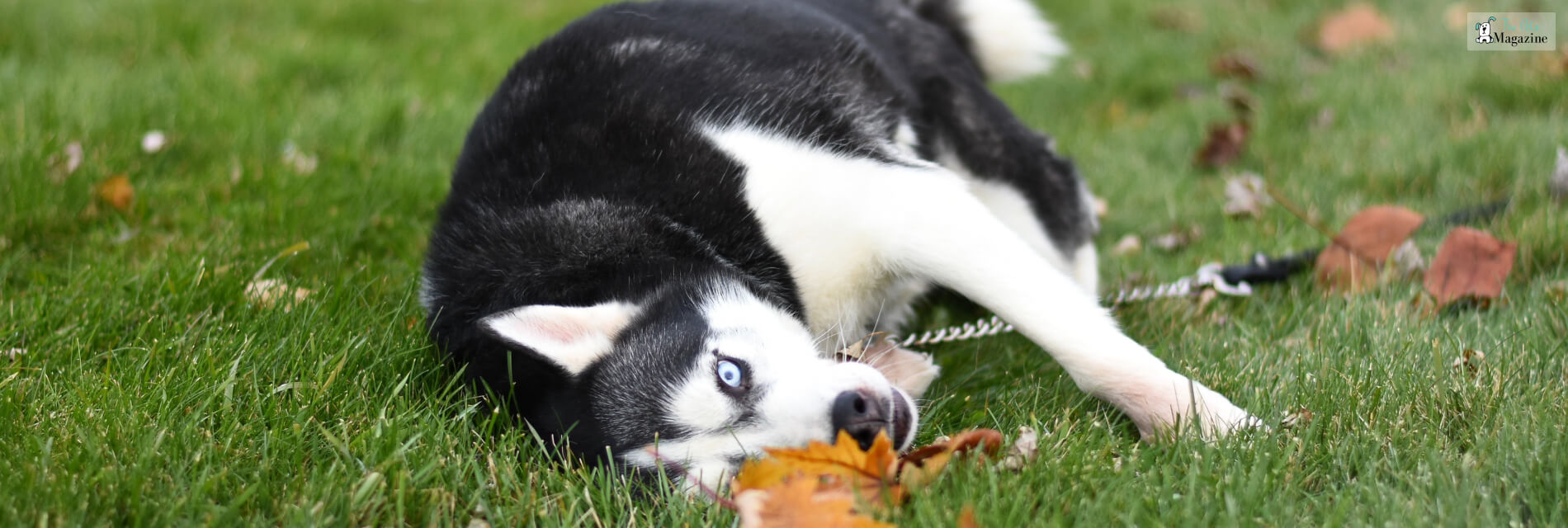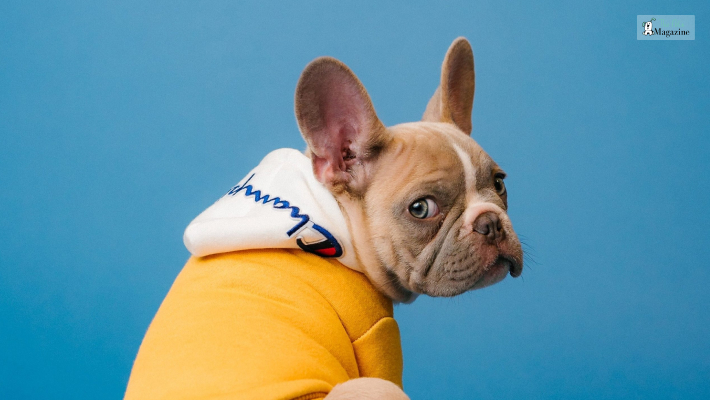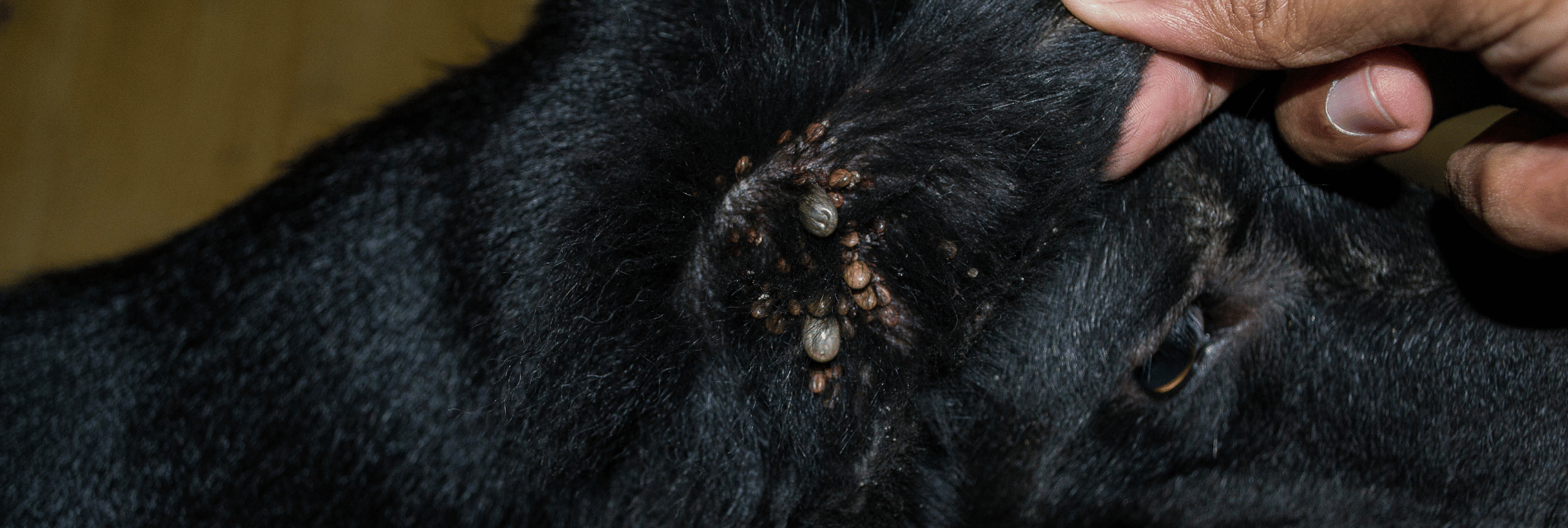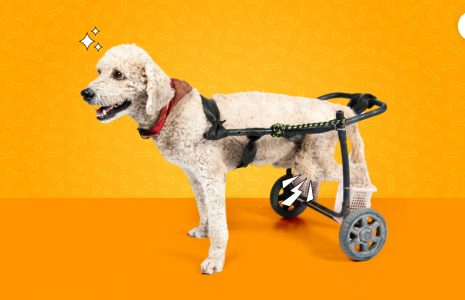What Does Side Eye Dog Really Mean And How To Respond


Have you noticed your dog giving you the side eye sometimes? You know, that skeptical, disapproving, judgmental look they throw your way when you’re doing something they don’t quite approve of. Maybe you were dancing and singing along to your favorite song a little too enthusiastically while they were sleeping.
Or perhaps you took away their favorite toy because they were chewing on the stuffing. Whatever the reason, that side-eye says it all. Your dog either thinks you’ve lost your mind or you’re being totally unfair. Before you get offended by their stink eye, know that there are a few common reasons for your dog’s disapproving glare.
Understanding Side Eye In Dogs

When your dog gives you a side-eye, they’re trying to communicate something. Let’s break down the different types of side-eye and what your pup is really saying:
Your Dog Is Feeling Annoyed

We’ve all been on the receiving end of this look. When your dog cocks their head to the side and narrows their eyes so much so that you can see the whites of their eye, it usually means you’ve done something to irritate them. Maybe you moved them from their comfy spot on the couch, or you’re hovering around their food bowl at dinnertime. Annoyed side eye is their way of telling you to respect their boundary.
If you see your dog stiffening up, their ears pinned back to the side of the head, growling in a low voice, showing teeth, licking their lips, then it means that your dog is very angry or upset. If you notice your dog showing these signs then you should immediately stop whatever you were doing and back away.
Playful Side Eye

If their eyes are widened, and they have a goofy, open-mouth grin, your dog is probably feeling playful. In this context, a side eye, often accompanied by play bow, wagging tails, and relaxed ears, is an invitation to have some fun. Grab a toy or give them some belly rubs to get the playtime started.
Your Dog is Confused, Stressed or Anxious

A head tilted slightly to one side, and a furrowed brow means your dog is puzzled by something or is feeling stressed or anxious. If they’re giving you a confused side-eye, they likely don’t understand a command you’ve given or are perplexed by a strange noise. If along with side-eye, your dog’s tail is tucked between their legs or hanging low and their ears are flattened against the side of their head, then it means your dog is feeling stressed or anxious. Gently encourage your dog and re-direct their attention to help alleviate their confusion.
With time and patience, you’ll become fluent in the many meanings behind your dog’s side-eye. And remember, when in doubt, shower them with belly rubs and treats. That’ll turn their side-eye into an adoring gaze in no time!
Common Causes Of Side Eye In Dogs

There are a few possible reasons why your dog is giving you the side eye. We have explained some of these reasons below:
Lack Of Attention
We all know dogs crave affection and quality time with their humans. If you’ve been too busy to play or cuddle lately, that sidelong glance could be your pup’s way of letting you know they feel neglected. Try to engage with your dog more with walks, play, grooming, or simple petting and belly rubs.
They Want Something From You
Maybe your dog wants a treat, their favorite toy, or to go outside. Those pleading eyes are hard to resist but don’t give in every time, or you’ll end up with an overweight or spoiled pooch! Provide some mental stimulation instead, like a puzzle toy, to work for a reward.
Your Dog Is Feeling Unsure Or Anxious
If your dog seems unsettled, scared, or is in an unfamiliar place, a side eye may be a sign of anxiety. Reassure them with your calm, friendly presence and a steady, gentle petting hand. You can also try an anxiety vest, pheromone collar or calming music to help relieve stress.
They Are Challenging Your Dominance
An aggressive, prolonged stare can be your dog’s way of asserting dominance over you or another pet. Don’t engage in a staring contest – remain calm, look away, and avoid direct eye contact. Issue a firm verbal correction to reinforce your leadership, and consider consulting a trainer if the behavior continues.
With patience and the proper response, side-eye from your dog should subside. But if their suspicious glances become more frequent or intense, it’s best to have them checked out by a vet to rule out any medical causes.
How To Respond To Your Dog’s Side Eye

When your dog gives you the side eye, it’s usually a sign that something is amiss. Rather than reacting defensively, stay calm and respond appropriately.
Pay Attention To The Context:
Is there a new person or dog in the environment stressing them out? Are you doing something different in your routine that’s making them uncertain? Try to see the situation from their perspective so you can address the root cause of their discomfort.
Reassure Your Dog:
Speak in a friendly, gentle tone to help them relax. Give them some pets or scratches in their favorite spots. Your calm, affectionate energy will help alleviate their concerns.
Set Clear Expectations:
If they’re begging or whining for food or to go outside, don’t reward the behavior. Instead, have them follow a command like “sit” or “down” before getting what they want. Be patient through the process.
Redirect Their Attention:
If they seem bored or restless, initiate play to release some pent-up energy. Fetch a toy or treat dispensing ball to keep them occupied. Puzzle toys that make them work for a reward are ideal for challenging their mind.
So now you know that side-eye from your furry friend isn’t meant as a judgment or condemnation. Your dog is just trying to communicate with you in the only way they know how.
Whether they’re seeking attention, expressing confusion over a command, or just feeling playful, that sideways glance is packed with meaning. Instead of taking offense at their skeptical stare, appreciate how much they have to say without uttering a word.
Give them some extra belly rubs, pull out their favorite toy, or grab a treat to show you understand. Because while dogs can’t talk, their expressive eyes speak volumes. Start learning your pup’s visual vocabulary, and you’ll find your bond growing even deeper.









Leave A Comment